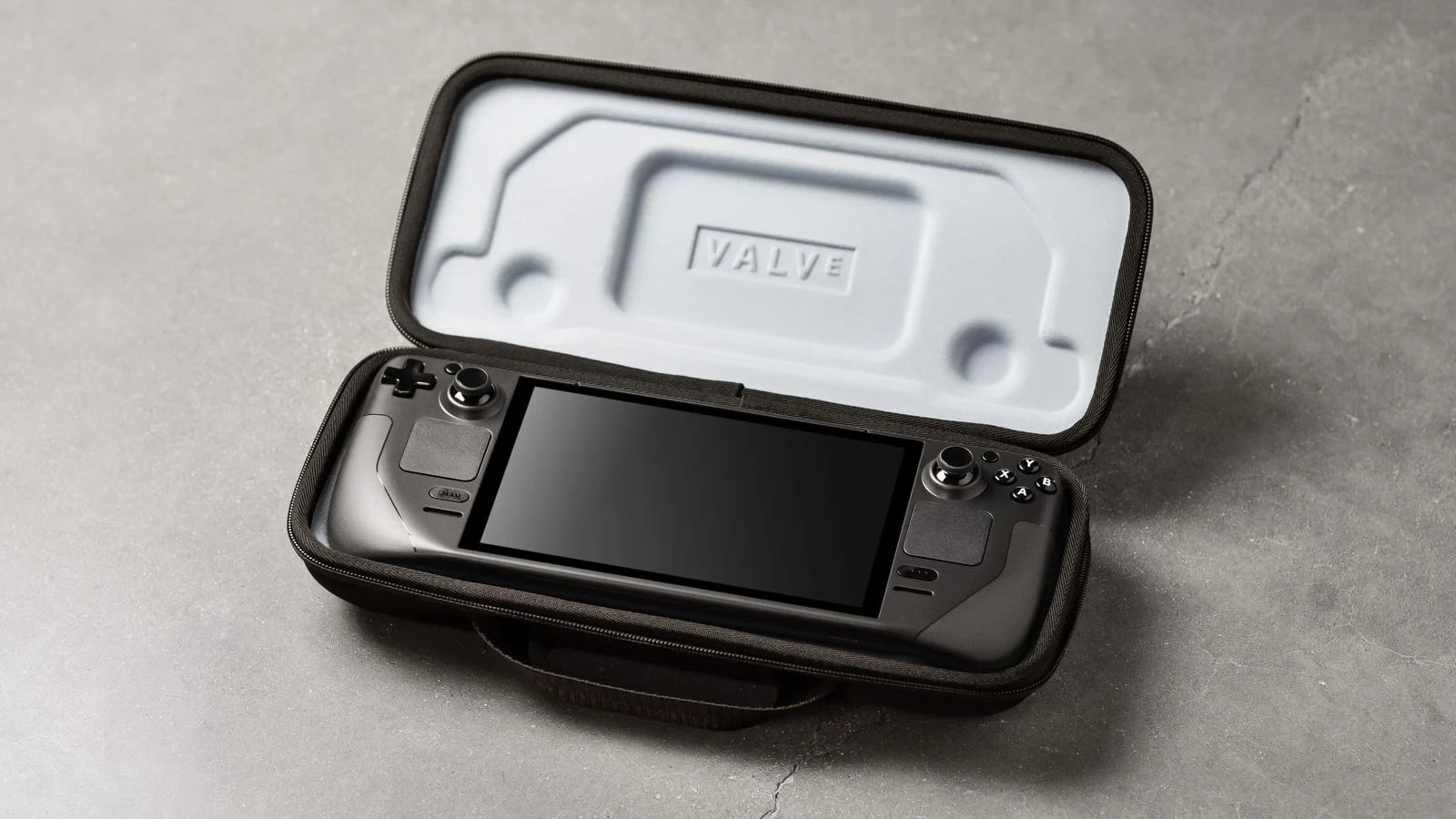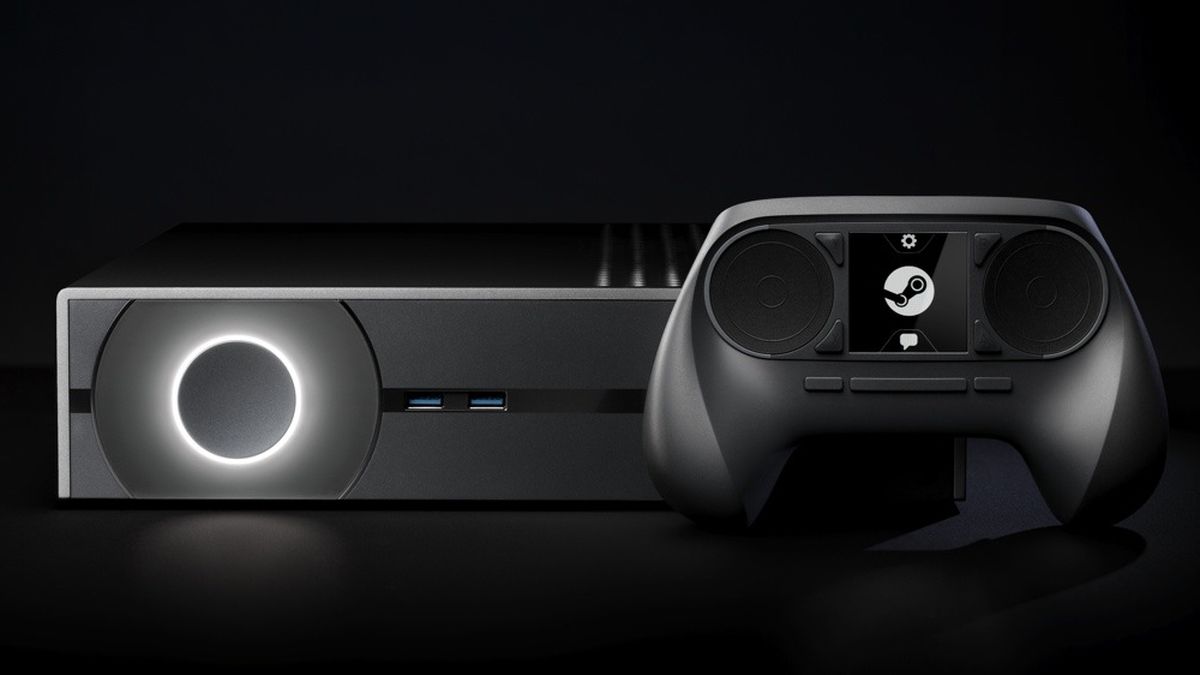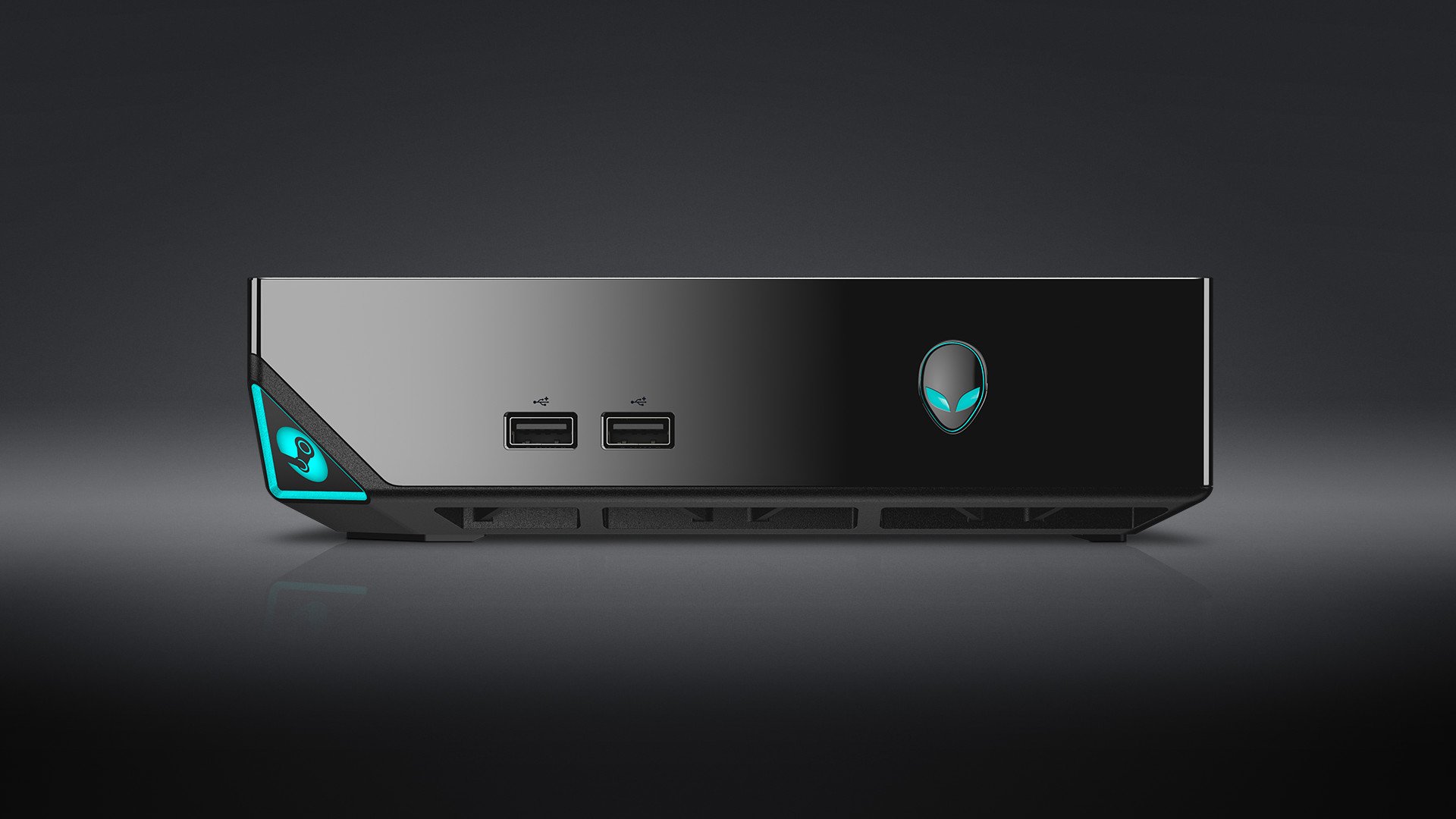This time around, Valve knows what it's doing.
Valve's upcoming Switch-sized gaming PC, the Steam Deck, is one of the most exciting pieces of hardware that the company has created in years. It's easy to understand why people are so hyped for it, of course — the ability to access your Steam library with a handheld device will likely be revolutionary for the industry.
However, many fans are skeptical of the Steam Deck, with many believing that it will be a failure just like Valve's Steam Machines. I've been giving the comparison between the Steam Machines and the Steam Deck a lot of thought ever since the Steam Deck's announcement, though, and ultimately I believe that the Steam Deck will be different and better than Steam Machines for a few key reasons. Here's an overview on what the Steam Machines were, why they never became popular, and why I believe the Steam Deck will succeed where Steam Machines failed.
A brief overview of Steam Machines
If you've never heard of Valve's Steam Machines that were introduced in 2015, I don't blame you — the systems were nearly dead on arrival, with fewer than 500,000 units sold in the first seven months post-launch. But what were these systems, anyway? What was Valve trying to accomplish with them?
Valve wanted to bring a quality PC-gaming experience to the living room.
Valve had two main goals with the Steam Machines. The first goal was to bring a quality PC-gaming experience to the living room by partnering with manufacturers like Alienware to offer consumers a game console-style system that ran on SteamOS, a special version of the Steam software that utilizes Linux as a foundation. Unlike the standard Steam client that only really works well for desktop gaming, the SteamOS UI featured a simplified structure and larger icons and options that made it ideal for couch gaming. Valve also developed a special gamepad for the Steam Machines (and all other PCs) called the Steam Controller that swapped out the usual D-Pad and right analog stick for trackpads that provided haptic feedback and emulated the precision and speed of a mouse, which was useful for games that were never designed to be played with a controller. The controller's gyroscopic tech was also helpful for making fine adjustments to aim in shooters.
The second goal of the Steam Machines was to try to prove that PC gaming could succeed without being chained to Windows. This was a move that a fair amount of gamers appreciated, as many users lost faith in Microsoft because of the extremely controversial Windows 8 OS. With SteamOS, Valve wanted to show that gaming on Linux was a viable alternative to Windows.
Why Steam Machines failed
The main reason the Steam Machines never became popular is because in 2015-16, Linux and Linux-based operating systems were still incompatible with a huge number of PC games. This meant that if you bought a Steam Machine, there was a good chance that most of the games in your Steam library wouldn't have been available to play through the Steam Machine's SteamOS. Later Steam Machines came with Windows installations instead, but it wasn't enough to get people interested in Valve's living room gaming PCs. This is no longer the case for the most part (more on that later), but at the time, Linux just wasn't ready to support a high-quality gaming experience.
Secondly, the Steam Machines weren't very innovative or interesting beyond the Linux-based SteamOS. They were basically just pre-built Mini-ITX gaming PCs, and PC gamers who wanted a living room PC gaming experience could just build their own small gaming PCs for a lower cost than what Valve and its partners were asking. The Steam Controller itself was innovative and many PC gamers swear by it to this day, but it was available separately and thus, there was never anything exclusive to the Steam Machines that made purchasing one worth it.
Lastly, many of the Steam Machines were overpriced and featured lackluster specs, with some of the entry-level models only featuring dual-core processors, weak GPUs, and a meager 4GB of RAM. Some of the stronger Steam Machines were more capable than other pre-built mini gaming PCs and both the Xbox One and PS4, but they weren't strong enough to justify the significantly higher price.
Why the Steam Deck will be different
With its improved SteamOS, innovative form factor, and great hardware, the Steam Deck is poised to succeed.
It's understandable that some think the Steam Deck will fail just like the Steam Machines did, but I firmly believe that things will be a lot different this time around. The main reason is because over the last few years, the Proton compatibility layer that allows games designed for Windows to run on Linux has become significantly more compatible with most of the titles available on Steam. This means that compared to the version of SteamOS used in the Steam Machines, the Steam Deck's SteamOS 3.0 will let you play the vast majority of your existing Steam library. Currently, games with anti-cheat software still can't be played on Linux, but Valve indicates that it's improving Proton's support for anti-cheat solutions. Hopefully, these improvements are deployed before Steam Deck's launch, but if they're not, the fact that you can install Windows on your Steam Deck if you want to gives the system excellent versatility.
Another reason I believe the Steam Deck will be more successful is because unlike the Steam Machines, the Steam Deck has an innovative form factor. The Steam Machines' console-like designs weren't really that different from Mini-ITX gaming PCs, and as a result, Valve and its partners struggled to gain market share. The Steam Deck, though, brings the PC gaming experience to handhelds, which is something that hasn't been done successfully before. The ability to take your Steam library with you on the go is massive, and I expect that will interest gamers a lot more than a mediocre pre-built gaming PC will.
Finally, the specs of the Steam Deck are excellent for a handheld. With a 1.6 TFLOPS GPU, an AMD Zen 2 4-core 8-thread CPU, and 16GB of LPDDR5 RAM, the Steam Deck is on par with an Xbox One or PS4 and is considerably more capable than a Switch (Valve is arguably beating Nintendo at its own game because of this). Since the Steam Deck's 7-inch 1280x800 display will require fewer system resources to render on than typical 1080p HD display, the performance of the specs will also most likely be higher than what they would be when a standard screen. Valve claims that the Steam Deck will be fully capable of AAA gaming, and I don't doubt it at all.
Final thoughts
While I understand why some think that the Steam Deck is doomed to fail like the Steam Machines did, I think that Steam Deck's SteamOS 3.0, form factor, and hardware specs will help it succeed where the Steam Machines fell short. What do you think about the Steam Deck? Do you think it will be one of the best systems to play some of the best PC games on? Let me know in the comments.
Steam Deck prices start at $399, and reservations have begun on the official preorder page. The Steam Deck is expected to start shipping in December 2021.





No comments: